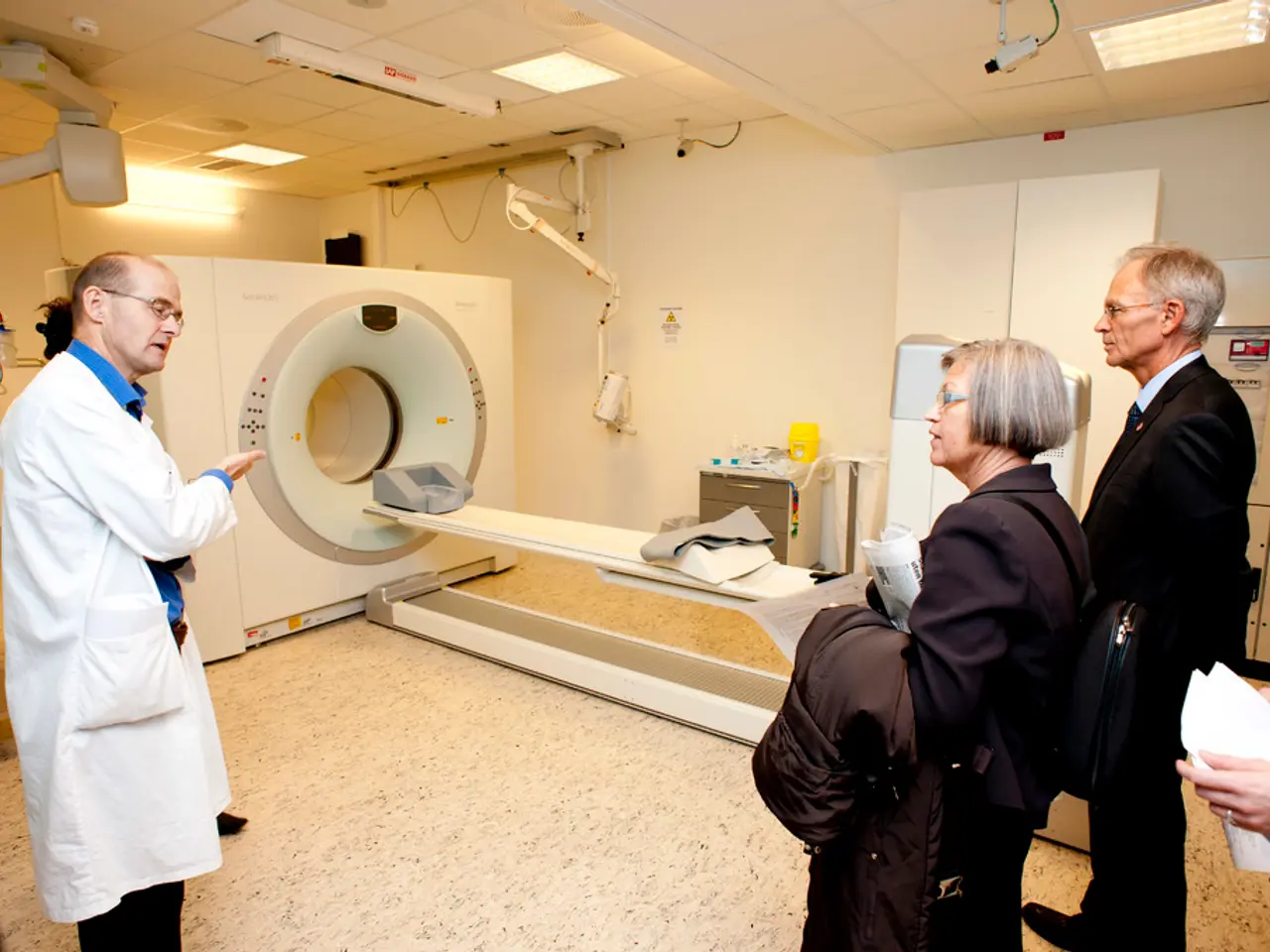Struggle within confinement: Measures taken by prisons to prevent inmate suicides - Prison predicament: Solutions for reducing inmate suicides within penitentiary systems
Incarceration can be a grueling test for inmates, particularly for those lacking family support and social connections. The fear of physical and sexual violence, loss of control, harsh prison conditions, and the stigma of their actions can drive individuals to the brink.
Over the past two decades, 1,794 individuals in German prisons have taken their own lives, with 89 occurrences in Baden-Württemberg alone. These figures come from a nationwide survey on suicides in custody. If we take a closer look, we see that men aged between 17 and 79 have been the victims, with most deaths by strangulation. The numbers peaked in 2016, 2021, and 2022 with 12 cases each, while the lowest numbers were in 2018 and 2020 with just five incidents each.
Who's at the Highest Risk?
Scientific findings highlight several groups at increased risk:
- Inmates under investigation
- Newly sentenced inmates
- Young and older inmates
- Inmates in solitary confinement
- Inmates convicted of sexual or violent offenses
- Inmates with mental illnesses
- Inmates with substance abuse disorders
- Inmates with a history of suicide attempts
- Inmates sentenced to long prison terms
The highest risk of suicide is often observed during the pretrial detention phase due to the uncertainty it brings.
Identifying and Assessing the Risk
To accurately identify at-risk individuals, a criminologically accompanied screening procedure has been implemented across Baden-Württemberg. This involves a questionnaire to spot high-risk individuals as soon as they are admitted.
The questionnaire is not meant to replace genuine, empathetic interaction but aims to facilitate communication and prompt appropriate measures. Staff members are provided with training to handle these situations sensitively and effectively.
Supporting Those in Need
Communal accommodation is often used to counteract suicidal tendencies, ensuring that cellmates are carefully selected. In some prisons, experienced inmates are paired with vulnerable ones to provide support. Programs such as the Listener Project and "Inmates for Inmates" encourage peer-to-peer interaction, making it easier for inmates to open up and accept help.
In the new prison in Rottweil, innovative architectural designs aim to create a supportive environment for at-risk inmates. Safe spaces with no ligature points, natural light, and ventilation, as well as observation areas, are being planned to minimize the risk of self-harm and promote mental well-being. Additionally, tandem cells allow newly incarcerated individuals to share a cell with a socially competent inmate for support and supervision.
Vocational training programs could provide a means for high-risk inmates, such as those with mental illnesses or substance abuse disorders, to gain skills and focus their energies on personal growth and recovery, contributing to their health-and-wellness and mental-health during and after incarceration. The community policy could also involve implementing science-based interventions to support inmates' mental health, including evidence-based approaches like cognitive-behavioral therapy and mindfulness practices. Such interventions, combined with vocational training, could help inmates develop coping mechanisms and resilience, reducing the risk of suicidal tendencies.







